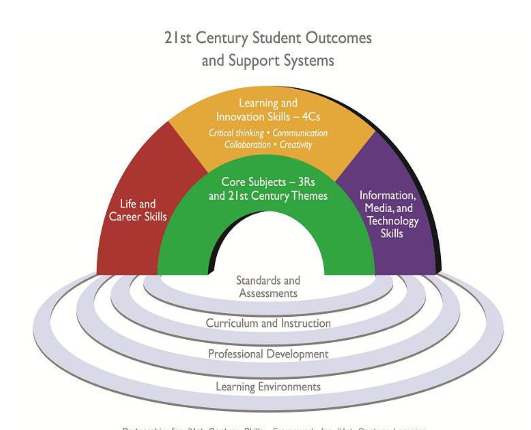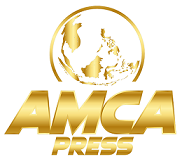21st-Century Education Innovations: Solutions to Solving Problems Learning in Indonesia
DOI:
https://doi.org/10.71365/edujet.v1i1.4Keywords:
21st-Century Education, 21st-Century Teaching Method, Innovative LearningAbstract
The 21st-century is marked by the significant role of the influence of information and communication technology in various aspects of human life. That is why the 21st-century is also known as the information age. It means that everyone can learn anything, anytime, anywhere, with anyone in any way. Learning is more open, flexible, and distributed. Building students' 21st-century skills is a challenge. The old learning paradigm can no longer be maintained. Starting with simple things, the modern education paradigm based on student-centered and constructive learning should be implemented immediately from now on. The conventional learning paradigm has changed. Teacher-centered learning turns into student-centered learning or two-way learning. This paper, therefore, aims to reveal how 21st-century education innovation should be created to improve the quality of Indonesian education (teachers and students) in the era of the industrial revolution. 4.0. The method used in this study uses a library research method or approach. The author concludes that teachers in the development of 21st-century education now have more severe challenges and their tasks are more complex. The role of the teacher is significant in managing the learning process and facing these challenges. Therefore, teachers must have the ability to think critically, social responsibility, build networks, time discipline and rules, and capability and skills in the 21st-century.

Downloads
Published
How to Cite
Issue
Section
License
Copyright (c) 2022 Edutechnium Journal of Educational Technology

This work is licensed under a Creative Commons Attribution-ShareAlike 4.0 International License.







